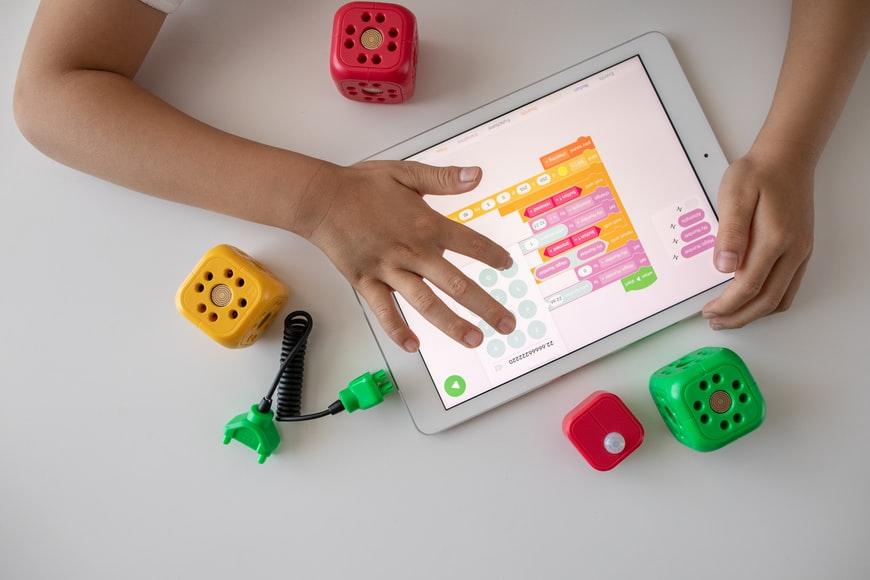Are The Current Education Systems Designed To Solve Problems | A Moral Dilemma
4 Mins Read
Published on: 24 February 2022
Last Updated on: 08 November 2024

toc impalement
Among the most remarkable progressions of human civilization has been the ability and yearning for whole populations to gain access to basic literacy, which has allowed us to advance in the last few millennia to broaden the possibilities of our entire civilization and assist more equal and fair life chances around the world.
The planet is in the grip of a learning crisis. While nations have greatly enhanced access to schools, simply attending school is not equal to learning. Huge numbers of youngsters worldwide enter early adulthood lacking even the most fundamental abilities – let alone pursuing a satisfying profession or teaching their children.
The World At Crisis
One major cause for the continuing learning issue is that more and more educational institutions in the undeveloped nations have limited information on who is gaining and who is not.
As a result, they find it difficult to intervene. With uncertainties regarding the kind of abilities required for future professions, schools and instructors must educate kids for more than fundamental reading and writing skills.
Students must be able to analyze information, make opinions, be imaginative, communicate effectively, cooperate well, and have resilience.
The mainstream prevailing paradigm of education systems in developed and progressively emerging countries relies on a reductive and strict approach to knowledge creation, encouraging mental conformity and frequently dulling curiosity because it is geared to maintain the status quo of today.
Understanding Modern Education Systems

Modern education systems require supporting infrastructure that can help students get the best learning environment. This is why educational institutions need to not only look at integrating more technology, but also think about investing in educational infrastructure. For example, the type of classroom chairs that should be present has evolved overtime. This is because the nature and structure of education has changed over the last few decades.
Schools nowadays are organized around specified themes and delimited by extremely definite pieces of time, with alarms to signal when to shift, and are riddled with standardized testing and memorization materials.
Fortunately, this is not ubiquitous; there are several substitutes to the conventional system accessible, ranging from creative and expressive schools to alternative learning models. However, the typical education systems of walled learning in age-based groupings is the dominating method of social programming of young people across the world.
The Problem Of Reductive Thinking in Education
The notion that the universe may be divided into manageable digestible pieces is one method to deal with the endless complexities of life around us. This mechanical vision has resulted in school-taught reductionist ideology, which in turn has bred reductionist corporate models, government regulations, and generally, a mechanistic, reductive perspective of the universe.
This has all contributed to humans’ enormous success in the mass production process, as well as research & engineering, all of which are wonderful achievements wherein we should all be quite pleased.
We subscribe to reductionism as the prevalent way of understanding the universe in schools because we are continually exposed to this from the way topics are taught in seclusion; instead of teaching the interconnection of science being dependent on basic arithmetic and that communication is a science.
Systems Thinking As A Need
A systems worldview sees the world as a collection of complex linked systems that affect us all, and our personal and group activities have an influence on these infrastructures that supports life. We have programmed our minds to seek easy answers to difficult situations, to shun chaos, and to assume that we are apart from nature.
Each system should have an aim, and design engineers create settings that aid in achieving the intended functions more towards the specified end goal. Schools are frequently structured for the passive absorption of carefully selected knowledge chosen by a system intent on reinforcing itself, therefore one can only conclude that the goal is to govern and shape the young minds for them all to ‘blend in’ with the prevailing system of the day.
The enchantment of understanding that tomorrow is utterly undetermined and is composed of the acts and relationships of each actor today has been lost. This form of liberated agency is precisely what the education system seeks to create through its command and order measures.
Supporting Aspects

With the need for developing better education systems to solve the problems of today, there is a need to have better equipment to facilitate this learning. For seating arrangements, consider contacting the Keekea plastic chairs manufacturing company. And with the introduction of unconventional practicals such as fashion and design, there is a need for materials for this as well.
Consider reaching out to clothing materials, hair products, and plastic perfume box suppliers for the best solutions. For these and more products, consider contacting fba product sourcing agents.
The Bottom Line
A rising amount of research demonstrates that the learning crisis is primarily a teaching issue. Students need skilled instructors to learn, yet many education systems place little emphasis on what teachers know, how they engage learners in the classroom, and, in some circumstances, if they are present in these classrooms.
There are several substitutes to the traditional method of information transfer and social molding of young brains. Research on interactive learning and the cycle of learning helps understand the variety of methods for knowledge transfer.
Read Also:


















Comments Are Closed For This Article